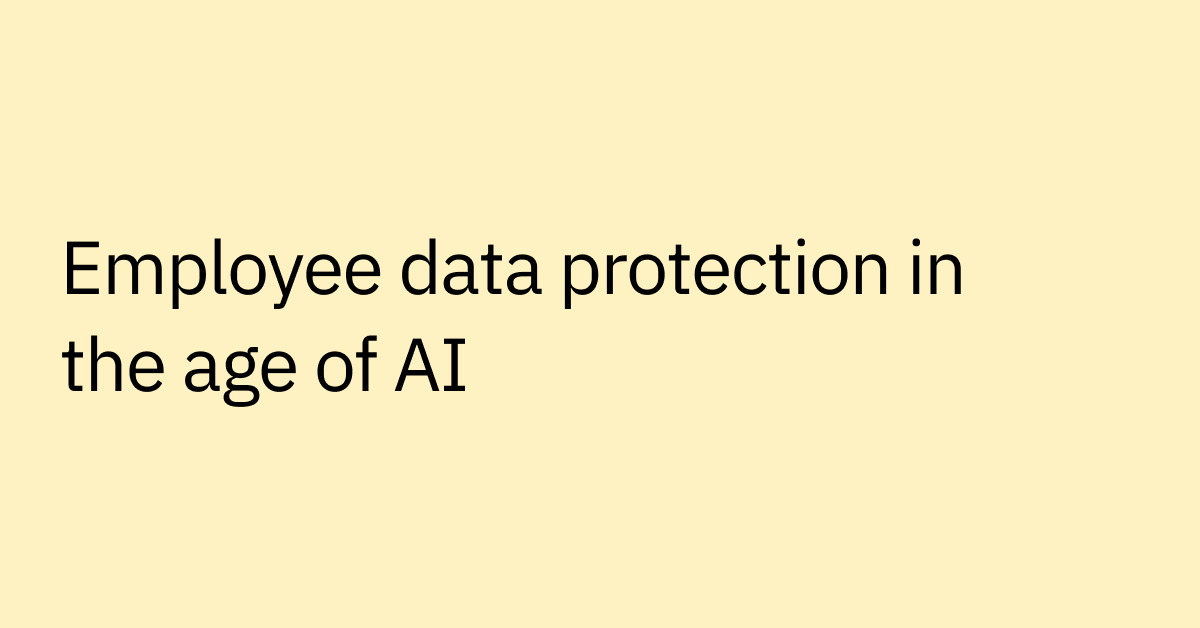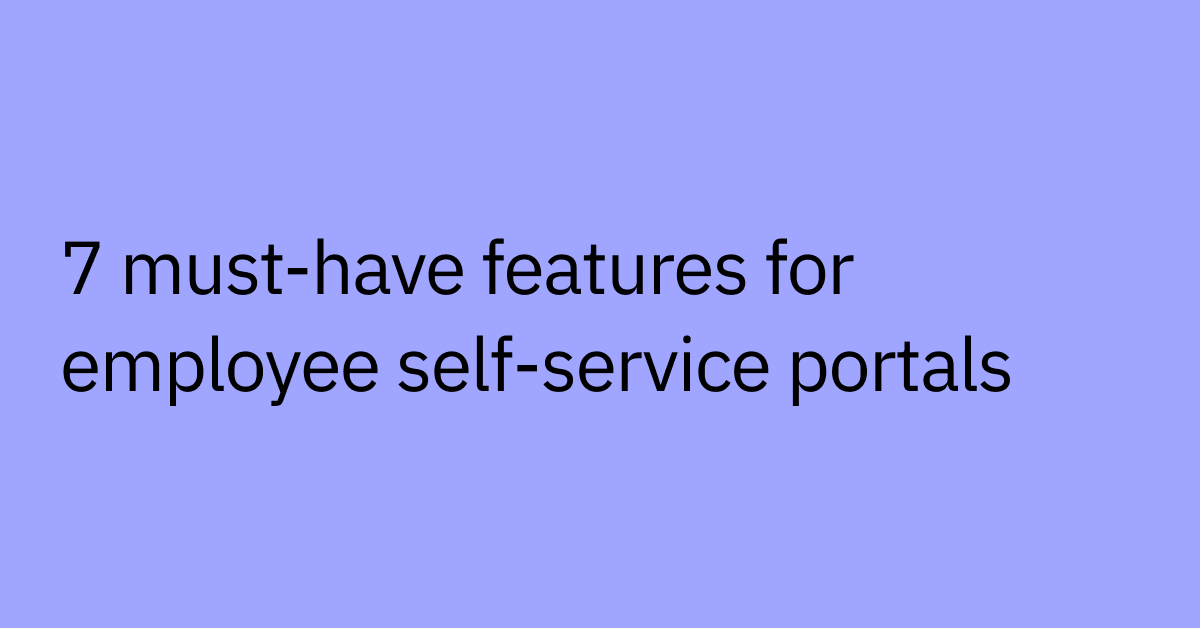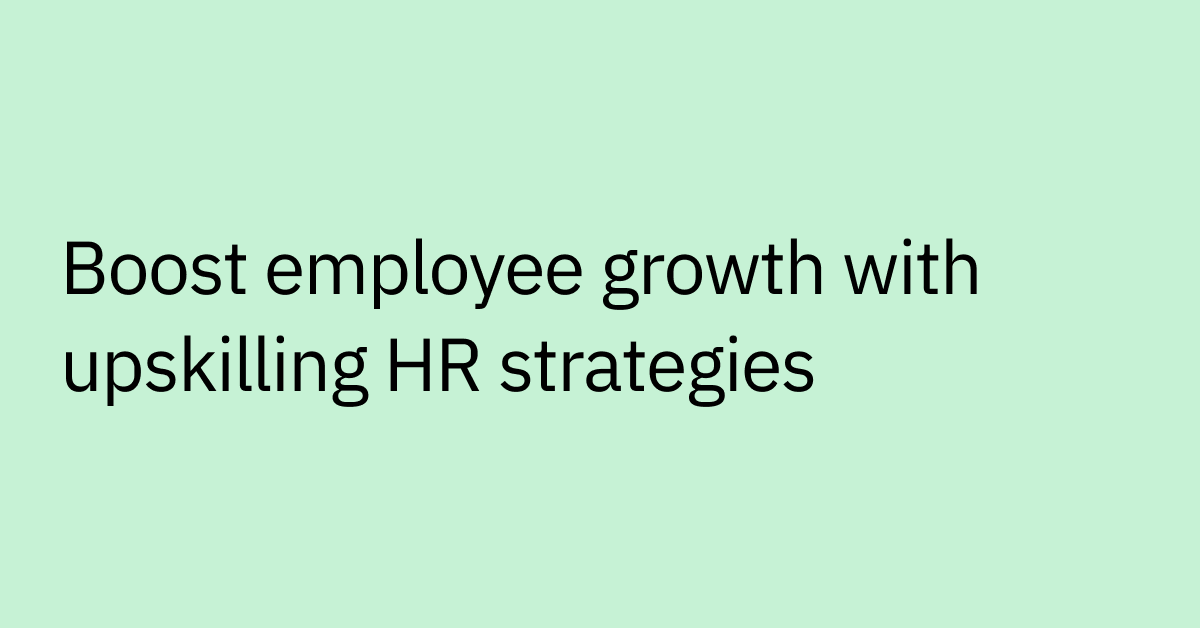Table of contents
Highlights
- Hybrid work is here to stay: Over 50% of U.S. work locations already operate in hybrid models, and managing them effectively at enterprise scale requires more than leadership alone
- AI creates a digital support layer: From NLP to automation and predictive analytics, AI bridges fragmented systems and communication gaps to deliver consistent employee experiences.
- Common challenges solved by AI: AI addresses scattered communication, inconsistent onboarding, compliance issues, tool overload, cross-department misalignment, and disengagement.
- Agentic AI unlocks scale: Beyond quick fixes, agentic AI automates onboarding, delivers policy-specific knowledge, and ensures consistent IT/HR support across geographies.
- Moveworks unifies hybrid workforce management: With secure integrations and contextual understanding, Moveworks provides one platform to simplify support, boost engagement, and cut costs.
Return-to-office initiatives might be on the rise, but the hybrid work model is unlikely to go away any time soon. According to Gallup’s hybrid-work indicator, among U.S. employees in remote-capable roles, over 50% work in hybrid, with another 28% fully remote.
If you're leading a large organization, you're probably not asking whether you should support a hybrid environment (especially if your workforce is globally distributed). It’s already the norm — and you're asking how to manage it effectively at scale.
You've likely invested in leadership training and updated your policies, but many organizations still struggle with the day-to-day reality of hybrid work environments.
Ultimately, one of the biggest barriers is visibility into what your distributed workforce actually needs. But these operational challenges can be solved with the right technology.
What you need is both strong leadership and an intelligent digital layer powered by artificial intelligence (AI).
This layer can help bridge the gap between your communication channels, automate routine workflows, and give you real-time visibility across your entire workforce, turning fragmented support into a great employee experience.
Let's look at how AI tackles the most common hybrid workforce management challenges to help you scale support without scaling costs or replacing your current tech.
What does managing a hybrid workforce mean today?
At enterprise scale, hybrid workforce management means making sure every employee gets consistent support, opportunities, and access to what they need, whether they're working from home, in the office, or splitting time between both.
But you're managing thousands of people across different time zones and regulatory environments, and they're using dozens of different tools and systems that often don't integrate well. So how do you create unified communication, access, and support with so many barriers in the way?
When it comes to managing hybrid teams, traditional advice focuses on the human side: better coaching and mentoring, building trust, and reinforcing culture. Those elements absolutely matter.
But they’re not enough on their own. At enterprise scale, you also need the digital infrastructure to back it up — systems that automate onboarding, connect across platforms, provide real-time visibility, and enforce compliance across locations.
Common challenges with hybrid workforce management — and how AI tools address them
AI is changing the way enterprises get work done. Instead of just adding another tool to your stack, it can create a connective layer across your systems, making hybrid work more responsive, personalized, and proactive.
Here's what's actually happening under the hood when AI supports hybrid workplaces:
- Natural language processing (NLP): Your employees can ask questions using conversational language (whatever language that might be), and AI can understand what they need, summarize conversations, and even handle translations.
- Machine learning (ML): The system learns from how your people work, spotting patterns in workload and engagement to make personalized recommendations.
- Automation workflows: Repetitive tasks like sending reminders, routing approvals, and checking policy compliance can happen automatically.
- Integrations and APIs: AI can work directly inside the tools your people already use every day, like Slack, Microsoft Teams, human resources systems, and project management platforms.
- Sentiment and predictive analytics: The system can pick up on signals from surveys, chats, and emails to flag potential issues before they become even bigger problems.
Put it all together, and you get technology that can actually make hybrid and remote work easier for everyone. Here's how it tackles the biggest challenges you're probably dealing with:
Communication and collaboration gaps
In hybrid models, communication gets scattered across everything from Slack messages, Teams calls, in-person meetings, and email chains.Remote employees may miss key updates, creating fairness issues and information gaps.
How AI helps: AI assistants and tools can join your team meetings, capture what happened, and make sure everyone gets the highlights in whatever channel they prefer. No one gets left out just because they weren’t on-site or couldn't make it to a conference room.
Example: Say your hybrid team schedules an urgent Zoom meeting about shifting project priorities. Half the team members can't attend because of time zones or conflicting meetings.
AI can capture everything (decisions, new deadlines, changed responsibilities, action items) and deliver personalized updates to everyone who missed it. Now the whole team knows what's happening and can act on it, regardless of where they were when the virtual meeting happened.
Onboarding and offboarding inconsistencies
When you're onboarding remote employees, things get complicated fast. New hires might have to wait around for their laptop to arrive, and when it does, they can't access the systems they need. Or they miss training because nobody told them where to find it. Offboarding poses the opposite risk: someone's access doesn't get shut off properly, security gaps appear.
How AI helps: AI can take over the checklist management and connect your HR, IT, and security systems so nothing gets overlooked. Remote employees can get the same smooth experience as people starting in the office, and it works the same way whether you're hiring one person or a hundred.
Example: Your new remote worker logs in on day one, and their workspace is already set up with access to email, Slack, the company VPN, and their role-specific applications. Their training modules are queued up and ready to go.
Two years later, when they leave for another job, all their system access gets revoked automatically across every tool and platform, with no manual cleanup required.
Compliance, fairness, and engagement
When visibility into workload and recognition is limited, fairness becomes a real problem. Who's getting promoted? Who's getting recognized? Is workload distributed evenly, or are some people drowning while others coast?
Remote employees also risk feeling left out of recognition and opportunities compared to in-office peers.
How AI helps: AI can track patterns automatically, filling you in on who's handling what requests, when, and how often. It can spot imbalances before they become burnout situations and give managers the data they need to make fair decisions. It also surfaces contributions that might otherwise go unnoticed, helping ensure recognition and opportunities are distributed equitably.
Example: Your AI system notices that Haley, a remote employee, consistently picks up urgent IT requests after hours while her teammates log off at 5 PM, prompting her manager to redistribute work or acknowledge the contribution.
It is able to flag high-performering remote employees like her who might otherwise be overlooked.
Tool fragmentation and employee frustration
Your hybrid employees are probably logging into way too many systems just to get basic things done.
Need to check PTO? That's one portal. Submit an expense? That's a different system. Get IT help? Yet another platform.
All that context switching adds up to productivity loss when you multiply it across hundreds or thousands of employees.
How AI helps: AI can be the single front door to all your systems. Employees can ask for what they need in everyday, natural language, right inside tools like Slack or Teams, and the AI figures out which system has the answer and pulls it for them.
Example: Instead of remembering whether PTO requests live in Workday or BambooHR, your employee just types, "How many vacation days do I have left?" in Slack. The AI checks your HR system and responds instantly without any extra logins.
Cross-department misalignment
You already know what it’s like when HR manages employee records, IT handles equipment and access, and operations deals with facilities. Each department has its own processes, and getting them to work together on hybrid initiatives can be a nightmare.
At enterprise scale, siloed processes slow onboarding, frustrate employees, and create compliance risks.
How AI helps: AI can become the connective tissue between departments.
When something needs to happen across multiple teams, AI can coordinate it automatically, so employees get a smooth experience even when the backend involves several different departments.
Example: A new hire needs a laptop, office access, and benefits enrollment. Instead of three separate ticket queues that might all be handled by different teams at different times, one request kicks off the whole process.
IT gets the equipment order, HR updates the employee record, and facilities provisions the badge access, all without anyone having to send emails or chase down status updates.
4 ways AI enhances your hybrid workforce experience
Beyond solving immediate challenges, AI — specifically, agentic AI — can create lasting improvements across the employee lifecycle. Tools powered by agentic AI don’t just answer questions. They’re designed to understand goals, plan multi-step actions, and carry them out across systems.
Here are four areas where the impact on hybrid workforce management is most visible.
1. Onboarding and training at scale
AI helps to make sure every new hire gets the same onboarding experience, whether they're starting in your headquarters or working from their kitchen table. It can automate all the access provisioning, deliver the right training materials for their role and location, and keep track of what they've completed so nothing gets missed.
Plus, AI is able to handle security intelligently. New hires are able to only get access to what they actually need for their job — no more, no less. This can help to reduce your compliance risk and protect sensitive information.
Example: You're onboarding 20 new remote and hybrid workers across different countries in the same quarter.
AI can automatically provision their accounts, deliver training in their local language, set up region-specific compliance requirements, and confirm everyone has the right level of system access.
What used to take weeks of coordination between HR and IT can now happen automatically.
2. IT and HR support across geographies
AI agents can handle the routine tasks that usually clog up your help desk, such as password resets, benefits questions, and software installations. Your remote employees don't have to wait for someone in a different time zone to wake up and answer their ticket. They get help immediately.
But AI can also give you the bigger picture by tracking patterns across all those support requests, so you can see where bottlenecks are forming, which issues keep coming up, and how workload is distributed across your team.
In other words, instead of replacing your HR and IT teams, AI helps them become more effective. It can handle the repetitive questions and routine work so your people can focus on the higher-value projects that actually need human creativity and judgment.
Example: During benefits open enrollment, your AI agent fields thousands of questions about health plans and 401(k) options.
At the same time, it notices a spike in VPN connection problems from your APAC team and alerts your IT staff to investigate. Your employees get instant help, and your team gets early warning about emerging issues.
3. Policy guidance and knowledge delivery
Employees can ask questions in everyday language and get instant answers pulled from HR systems, knowledge bases, compliance documents, and other data sources that are scattered across your ecosystem.
For global companies with different regulations in every country, employees even get the location-specific information that’s relevant to their needs.
AI is able to also apply policies consistently. While biases in training data can occur, well-designed systems can help to reduce the number of inconsistent interpretations that happen when managers handle similar requests differently.
Example: Agentic AI systems understand context, so a manager in London asking about travel policies gets U.K.-specific rules, while an employee in Texas gets the U.S. version.
Same question, but AI delivers the relevant answer based on who’s asking and where they work.
4. Employee engagement and retention
When employees are able to resolve tasks quickly in familiar tools, they feel supported and valued — a critical driver of long-term retention.
Of course, the actual adoption part is key here, and that’s what makes AI so invaluable. It can work inside the tools your teams are already familiar with. No new apps to download, no new passwords to remember, just better support in the places they're already working.
Example: Instead of waiting days for IT approval, an employee gets it instantly in Slack, Teams, a portal or web browser— reinforcing trust and reducing friction.
Put AI to work in managing your hybrid workforce
Getting hybrid workforce management right means having good leadership and the right technology working together. You need systems that integrate seamlessly, automate support, and ensure fairness at scale, no matter where they're working.
That's where Moveworks can help. Our AI platform is able to connect your communication tools, automate onboarding, and keep compliance consistent across all locations and teams.
Here's what makes Moveworks a great solution for hybrid workforce management:
- Secure, role-based integrations with your HR systems, IT service management tools, and collaboration platforms mean employees get the exact access and information they need based on their job and location.
- Support inside the tools your employees already use — Slack, Teams, whether they work from their phone, laptop, or desktop.
- Natural language AI that contextually understands intent and can follow through from start to finish.
Instead of juggling multiple vendors or adding yet another tool to your already complex stack, Moveworks helps unite what you already have — making hybrid work simpler, more consistent, and more cost-effective.
Frequently Asked Questions
Because employees are spread across time zones, regulations, and multiple systems that don’t integrate well. Ensuring fairness, consistent access, and smooth communication requires both leadership and digital infrastructure.
AI can capture meeting highlights, summarize conversations, and deliver updates across tools like Slack, Teams, or email. This helps make sure that no one is left out, regardless of location or schedule.
Yes. AI helps automate access provisioning, training delivery, and account deactivation across systems, making onboarding smoother and reducing security risks during offboarding.
Traditional AI tools answers questions. Agentic AI understands goals, plans multi-step actions, and executes them across systems, going from question to action. This makes it much more powerful for scaling hybrid workforce management.



